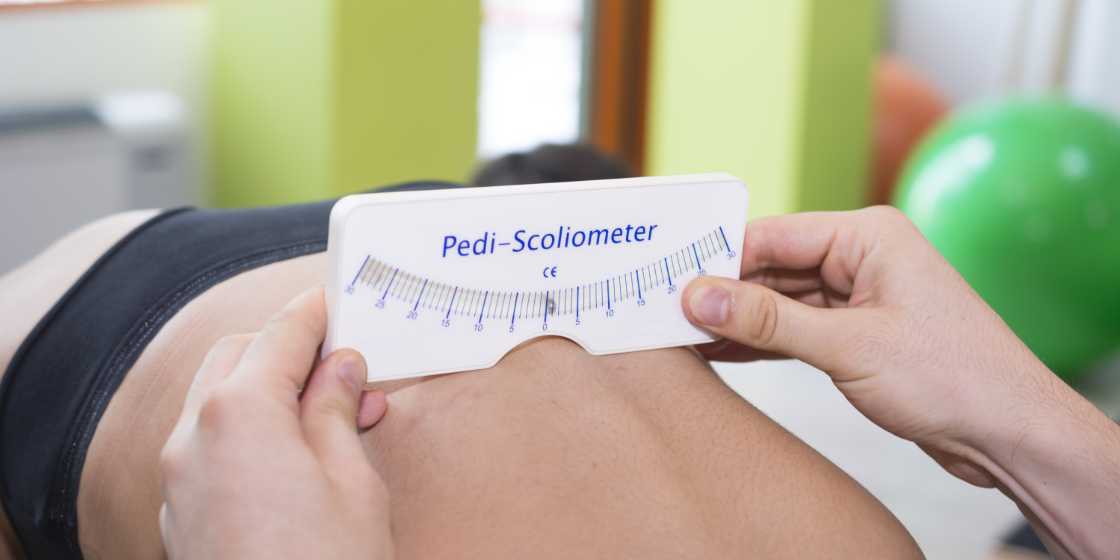This 8-year-old young woman with Neurofibromatosis presented for evaluation of scoliosis. She was found to have a 36-degree scoliosis, with a large plexiform neurofibroma identified along the convexity of her scoliosis. She initially underwent surgical resection of Neurofibroma, which was approached through a right-sided thoracotomy. Discussion was had with her and her family prior to her neurofibroma resection regarding possible surgical treatment options for her early-onset scoliosis, including discussion of performing an anterior Tether surgery for flexible scoliosis surgery vs postoperative brace treatment of her scoliosis to attempt to control and prevent progressive worsening of her deformity. After a long discussion, the patient and her family wished to attempt brace treatment for her scoliosis.
She tolerated her neurofibroma resection well, and was treated postoperatively with custom-molded scoliosis brace. Over the following year, she was followed carefully, and was noted to develop worsening kyphoscoliosis. Her right thoracic scoliosis progressively worsened from 36 degrees to ultimately 73 degrees. Due to her progression, the decision was made for surgical treatment of her significant spinal deformity. She underwent an all posterior scoliosis reconstruction, with pedicle screw placement, osteotomies, and fusion from T2-L1. She tolerated the surgery well with no intraoperative or postoperative issues. She did not require a brace post-surgery, and progressively returned to all of her normal activities including athletics by 6 months post-op.
Neurofibromatosis is a genetic disorder that causes tumors to grow along with nerve tissue. They can cause tumors to grow in and around the spine, and when doing so, can often result in spinal deformities such as scoliosis and kyphosis. As the tumor grows, it oftentimes can alter the normal bony anatomy of the spine, which can both contribute to the progression of spinal deformity, but also complicate how these deformities are ultimately surgically corrected. As the tumor grows, it can erode the surrounding bony structures, such as the pedicles of the spine, which is the usual location where instrumentation is placed to allow for correction of the spinal deformity. As well, tumors can grow and change in unpredictable ways, which can decrease the ability to successfully treat associated spinal deformities with a brace. The tumors will frequently stimulate the progression of scoliosis and kyphosis, and surgical treatment is targeted to resect the neurofibroma and correct the associated spinal deformity, with the goal of allowing the patient to maximize their activity once they have healed from their surgery.
